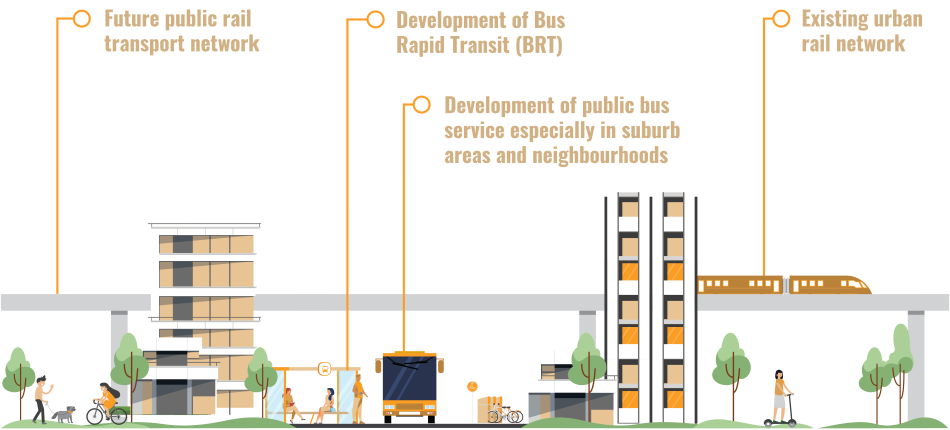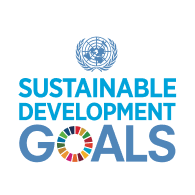Sustainable Cities and Communities
SDG 11 in Kuala Lumpur aims to make the city inclusive, safe, resilient, and sustainable through initiatives focused on improving transportation infrastructure, promoting green spaces and biodiversity, enhancing disaster preparedness and response, and increasing access to affordable housing and basic services for all residents
Kuala Lumpur Overview SDG 11
SDG 11 aims to make cities more inclusive, safe, resilient, and sustainable. In Kuala Lumpur, the government has implemented initiatives to address challenges related to sustainable urban development, such as rapid urbanization, traffic congestion, and affordable housing. The Kuala Lumpur Structure Plan 2040 and the Kuala Lumpur Low Carbon Society Blueprint are among the policies and programmes aimed at promoting sustainable development and reducing the city's carbon footprint.
The government of Kuala Lumpur has also taken steps to improve the quality of life for citizens, such as developing pedestrian-friendly streets, public parks and green spaces, and waste management systems. However, more efforts are needed to ensure that all citizens of Kuala Lumpur can benefit from sustainable urban development initiatives regardless of their socio-economic status or location.

21
Policies
Current Kuala Lumpur policies and frameworks to enable the acceleration of sustainable city
14
Target
Targets set by Kuala Lumpur to reach the 2030 agenda
44
Actions
Programmes undertaken by Kuala Lumpur and its citizens in achieving SDG
36
Programmes
SDG Centre Kuala Lumpur current and past programmes
Policy and Frameworks
Current Kuala Lumpur policies and frameworks to enable the acceleration of sustainable city
Kuala Lumpur 2024
- IS1.1Manage the development of housing – providing choice for its population
- IS1.2Provision of quality conducive and accessible affordable housing by taking into consideration residents’ different financial and physical capabilities
- IS1.4Intensify the regeneration and improvement activities of old established housing areas to meet the changes of resident profiles
- MC1.1Expand the public railway network and enhance its supporting infrastructure
- MC1.2Develop urban commuter systems in Kuala Lumpur City Centre through transit development within and intra-city
- MC1.3Prioritise the development of public buses connectivity as the first choice of public transport mode
- MC2.2Provide micro-mobility infrastructures such as micro-mobility facilities and dedicated micro-mobility lanes in selected areas to enhance the city’s accessibility
- MC3.3BEnable road sharing between priority busses, BRTs, city commuters, pedestrian and micro-mobility vehicles at selected routes in the city
- SV2.1Improving Quality and Diversifying Functions of Parks and Open Spaces for All
- SV4.1Establishing a Public Trust Fund for Parks and Green Areas
- SV4.2Encouraging Public-Private Partnerships in Green Area Management
- SV4.3Providing Urban Design Guidelines
-
Kuala Lumpur Low Carbon Society Blueprint
- 2.1.1Create a human-oriented environmentally friendly urban design focusing on walkable and cyclist-friendly urban districts
- 2.1.2Concentrate provision of new affordable homes around transit stations
- 3.2.1Improve public transport system by expanding route network, re-rationalise existing bus lane network and advocate for higher capacity, fast, frequent and reliable rapid transits
- 3.2.2Ensure seamless intermodal transfer (interchange facilities) by upgrading bus and rail integrated terminals and enhance park and ride facilities in sub-urban transit nodes
- 3.3.1Promote the use of green vehicles
-
Kuala Lumpur Competitive City Master Plan
- P4R4Develop a study on provision of green open spaces for high rise developments
- P4R5Kuala Lumpur public housing board, KL transit home scheme, transit homes for companies with immigrant workers
-
Kuala Lumpur Tourism Master Plan
- 1.2Develop and diversify heritage trails and products by leveraging on heritage areas and public spaces in the city
- 1.4Develop vibrant cultural events and art scene by utilising existing public spaces for arts and culture activities
Target
Targets set by Kuala Lumpur to reach the 2030 agenda.
By 2025
- 40,000 affordable housing
- 20,000 targeted homes
- 2 redevelopment areas
- First mile and last mile facilities at 75% of CBD transit stations
By 2030
- 3 areas for Urban Housing Development
- 2 areas for Council Home Program
- 60:40 modal split (public vs private transport)
By 2040
- 100% Provision of affordable homes of varied types and choices
- 100% Provision of public amenities within 1-5km of neighbourhood
- >300m Pedestrian walkways and bicycle tracks
- >200m Park connectors in Kuala Lumpur
- 20m² Ratio of parks and open space to Kuala Lumpur population
- 70:30 modal split (public vs private transport)
- 400 meter coverage of transit line
Kuala Lumpur Overview SDG 11
2019
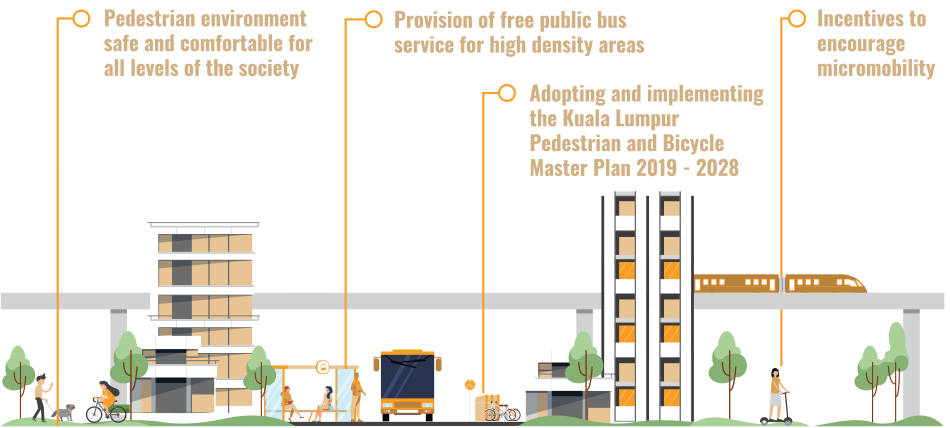
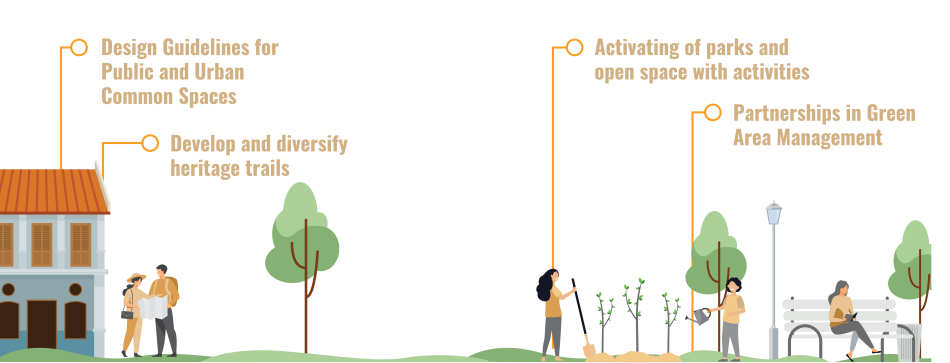
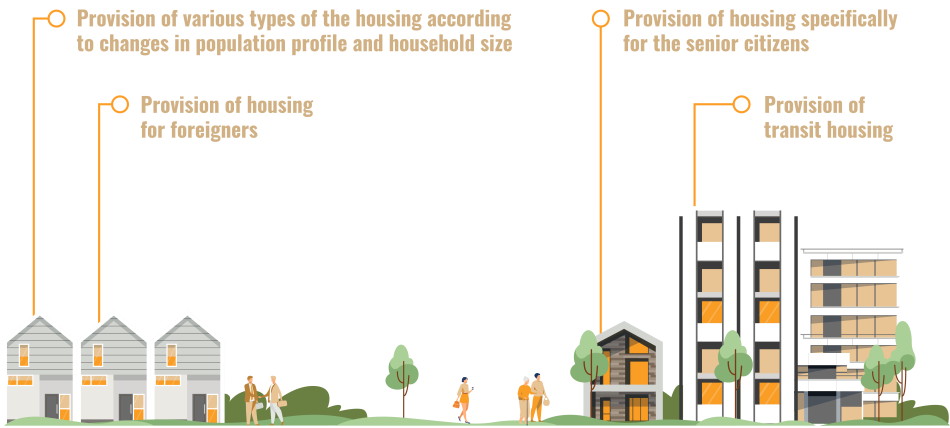
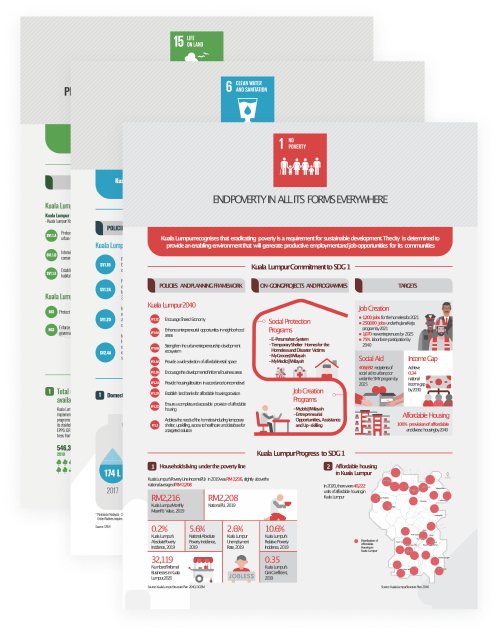
Download SDGKL Panel
Get the latest full infographic
for your reference
Download All (.zip)Download this SDG onlyfor your reference

